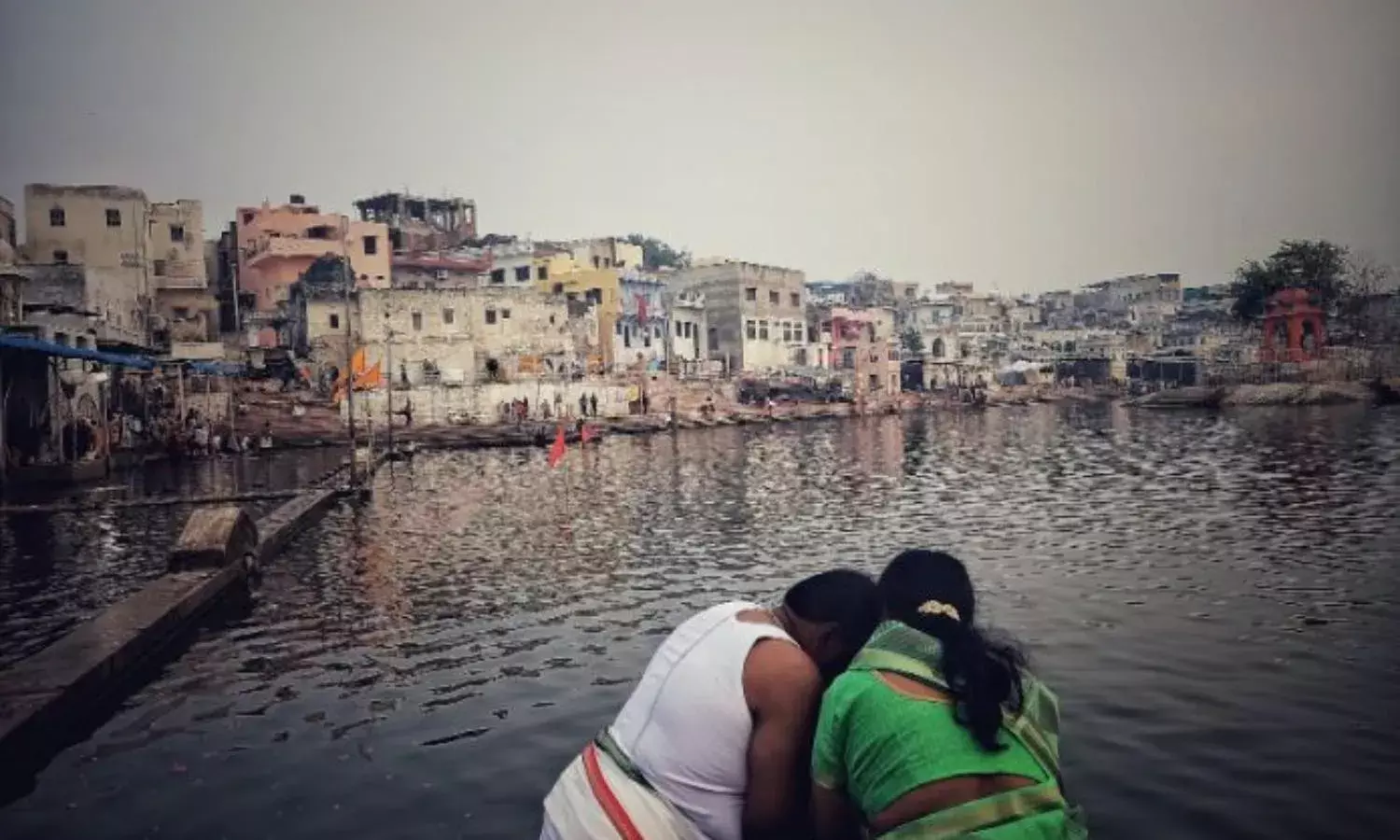The Pushkar Kaleidoscope
TC Travel: A photo essay

Indian festivals are always spectacular with their riot of colors, peculiar traditions and lively spirit. One such festival that’s dazzling in the sands is the Pushkar Mela in Ajmer, Rajasthan, the world’s biggest animal fair which attracts lakhs of tourists every year.
Over the years Pushkar has gone beyond being just a livestock extravaganza. With Indian tourists and the hippie crowd, the festival has become a celebration of life for Rajasthanis who have adapted to changing trends.
Initially a hub for buyers and sellers, the festival now sees state-sponsored activities like concerts, interstate rural sports competitions, cattle competitions, performing arts shows, and shilpgram handicrafts bazaars that entertain visitors besides supporting local livelihoods.
An estimated 4.5 lakh local travellers have visited the festival in past five years, while foreign visitors have shot up from around 7,000 in 2012 to about 12,000 last year. There has been a rise in employment in the hospitality sector, with many heritage hotels, homestays and tourist operators catering to visitors.
Many foreign tourists have close contacts with traders and manufacturing units in Pushkar, where they get their designs manufactured as accessories and apparel at low prices to be sold in foreign markets. This boosts the economy for both local manufacturers and foreign artists.
With the camel population in significant decline here, leaving local farmers and cattle traders in distress, the Pushkar Mela seems to have found alternative ways to generate employment and income in this rustic holy town.
The Pushkar lake. It’s believed that centuries ago Brahma emerged from the lake during Kartik Purnima, and millions of gods and goddesses came to bathe in it
Devotees outside a temple
A conversation between sadhus, who come here in huge numbers throughout the year
Tea in a traditional kulhad
There’s a fascination for swords here
Artists perform thrilling stunts at the fair to loud applause
Women in the Pushkar streets
Beautifully adorned camels arrive at the Pushkar Mela. Camel traders complain that it’s becoming increasingly difficult to bear the cost of camels, which are no longer traded much. Their utility as beasts of burden has vanished after pakka (paved) roads were made in many areas
The charm of Pushkar’s galis and havelis



